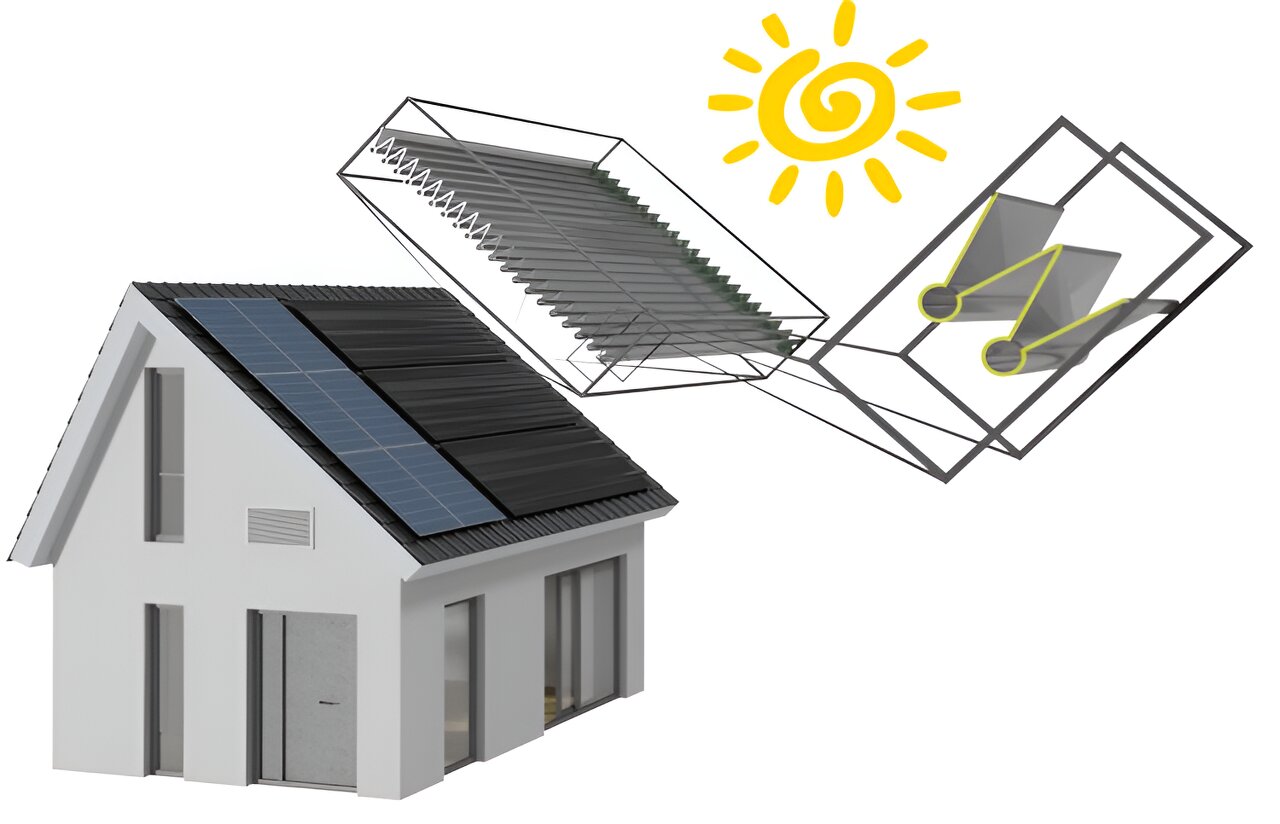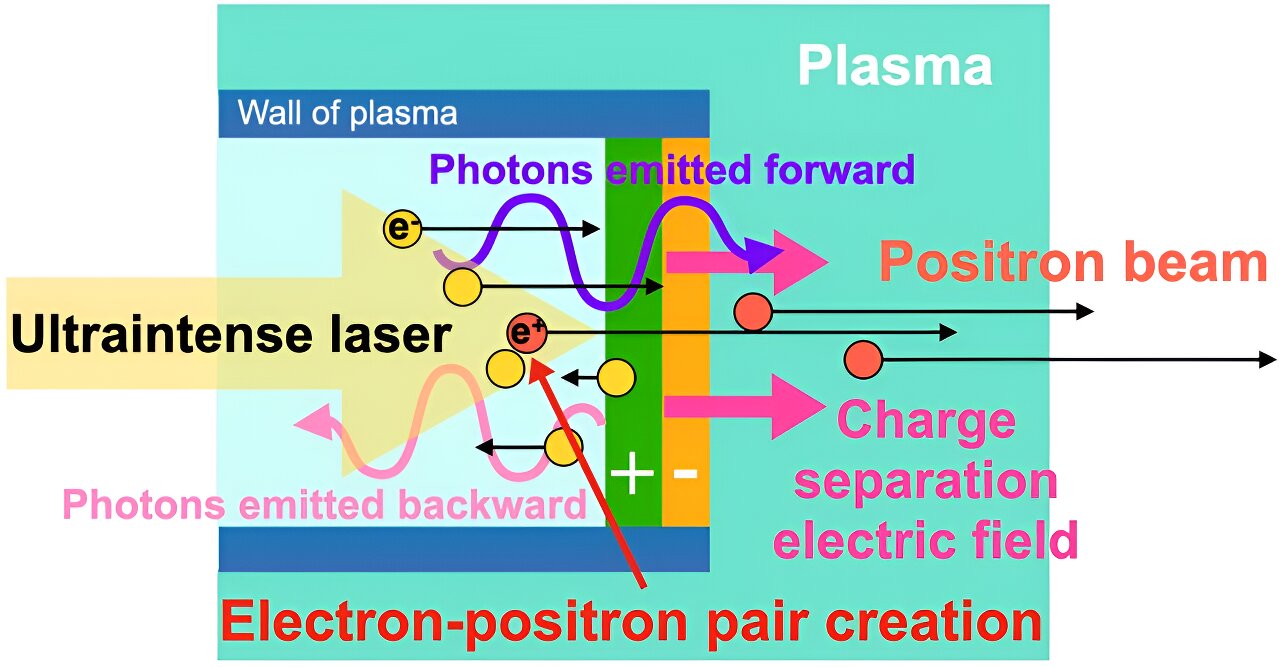An international team, including researchers from the University of Toronto, has developed an exciting new model for photoreactors. These solar-powered devices convert water, carbon dioxide, methane, and nitrogen into greener chemicals and fuels.
The innovative design of these photoreactors allows them to efficiently capture photons from varying sun directions, eliminating the need for sun-tracking. The panels are also inexpensive and easily manufacturable at scale, thanks to the use of polymer extrusion. This breakthrough could make a sustainable future more affordable and practical.
Geoffrey Ozin, a University Professor in U of T’s department of chemistry, collaborated with researchers from the Karlsruhe Institute of Technology (KIT) in Germany on this project. Ozin explains, “Solar cells are renowned for efficiently and economically converting sunlight to green electricity, circumventing the use of greenhouse-gas-emitting fossil fuels.”
Unlike thermoreactors, photoreactors combine sunlight and water to generate green chemicals and fuels. This process has the potential to significantly reduce carbon emissions. However, many photoreactors face challenges such as high construction costs and inefficient photon-to-product conversion.
Ozin’s team and the researchers from KIT developed a panel-like photoreactor with hundreds of parallel microscale reaction channels. Their design includes V-shaped light-capture units that guide light into the channels where the photocatalyst is located. The surfaces are highly reflective to minimize light losses and optimize photon transport. This innovative design eliminates the need for sun-tracking and can be manufactured at scale using polymer extrusion.
In the future, the photoreactors can be adapted to address intermittent sunlight by integrating light-emitting diodes powered by renewable electricity and backed up by lithium-ion battery storage. This new model outperforms existing photoreactors and can be used on rooftops, solar farms, and integrated with photovoltaics to produce renewable electricity and green chemicals and fuels.
“This technology has inspired the development of a new generation of solar-powered devices that produce green fuels like hydrogen from sunlight and water,” says Ozin. The urgency to combat climate change is more pressing than ever, and these solar products will help reduce our carbon footprint and move towards a sustainable future.
“This directly increases chances that we will be able to reach the dream of a sustainably living humanity. Hopefully, we will even make it in time—without drastic temperature overshoot and related disasters,” adds KIT researcher Kant.








